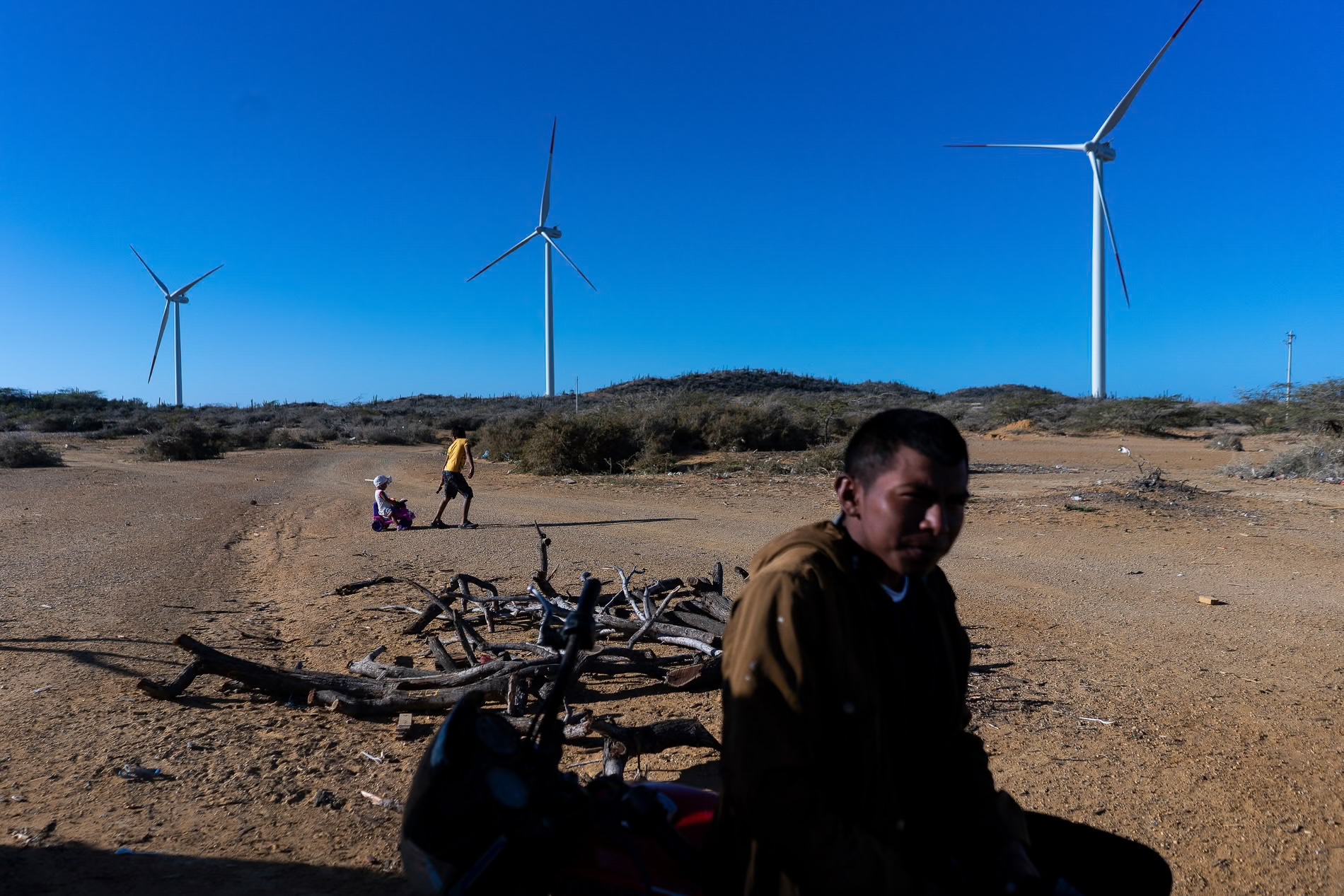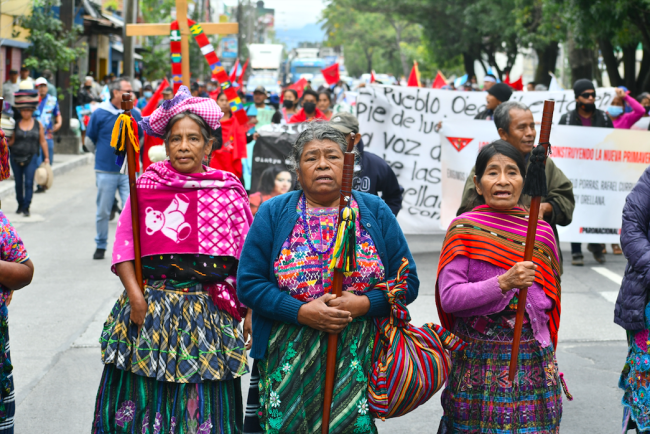Indigenous Voices in the Green Energy Transition

Through the decades, Indigenous people have nurtured the well-being of the land they live on, guided by a deep spiritual and cultural connection to nature. As the world confronts the accelerating impacts of these new environmental shifts, the push for renewable energy and sustainable development has become more urgent than ever. This complex intersection of environmental progress and Indigenous rights raises critical questions about equity, respect, and what true sustainability really means.
With the age of the industrial revolution, improvements in technology meant more need for resources to increase production. Many countries in Latin America rely on resource extraction to sustain their economy. Due to this, oil and mining projects have left many ecosystems damaged—especially in the Amazon. The world now is facing more extreme climate events which accelerate the need for more sustainable ways to produce energy and gather materials. A switch to a more renewable energy system would bring better long-term results for our planet. However, many of these new technologies encroach upon indigenous land, often without meaningful consultation or consent.

For example, in northern Colombia, La Guajira is home to the Wayuu indigenous group but also to some of the strongest winds. Much of the area is now being used for wind turbines. The turbines produce loud noise, and this disturbs many of the Wayuu’s dreams which they find sacred. They also value and care for every part of the environment, which includes the belief that the wind itself is its own entity and should be respected. In compensation, many of the companies who own these turbine plants pay the residents and provide infrastructure support to help their livelihoods. However, not everyone in the community is okay with these companies. Many complain of being forced into poor negotiation deals, companies having a lack of transparency, and disregard of cultural norms. The people have protested against these companies, and several have backed out due to the amount of people who would need compensation. The companies that do encourage indigenous voices and involvement push for more recognition of the neglect from the government of the area. The villages themselves do not have running water or healthcare. In fact, they will not benefit from any of the energy produced as it will be sent elsewhere.
This is also a case for the Shiwilu, or Jebero, People in Northern Peru. A company deforested the land, yet the people do not receive any benefits from the service. The lack of indigenous involvement had been a concern for many. A part of the problem with inclusion of Indigenous voices is the assumption that they are all the same and hold the same views. While some might be more perceptive of these projects, many are strongly against them. When no consideration for them is taken, more protests and backlash appear. This then leads to an increased chance of violence. For example, two indigenous leaders in Colombia were displaced and then killed while opposing a dam project in their area. Between 2015 and 2016, 35 indigenous leaders were attacked when they opposed wind-energy investments.

Another perspective that is often ignored in this conversation is women's. Many times, they are ignored entirely or just lumped in with the men. Even when they are consulted, it is often performative, so companies can say that they have done it. In an instance in Yucatán, Mexico, indigenous Maya women say that a gender rights consultation for a solar project were had only to comply with government standards, but no legitimate conversation was set up to see what they could do to improve. Latin America is home to millions of indigenous people who come from a wide range of backgrounds and histories. Even within one indigenous group, there are different people within them. This is why it is important to have meaningful involvement for the indigenous groups to see what their individual needs are.
Despite these negative experiences, when done right, collaboration between the two groups can lead to positive progress. In Argentina, the Mapuche Indigenous group of Millaqueo have partnered with companies to develop a solar project on their lands. While skeptical at first, this partnership went beyond just benefits but gave the Mapuche an equity stake in the vehicle design to build the project. The Mapuche has been involved in every step of the process including financials, legal matters, and design. This method builds trust and confidence in one another to be able to fairly develop new sustainable solutions. Following their footsteps, Chile’s Ministry of Energy is promoting partnerships between companies and indigenous communities to better develop projects and serves as a liaison to facilitate connections.
Building a sustainable future requires not just technological innovation, but genuine collaboration and respect for the communities most connected to the land. When Indigenous voices are included from the start, through transparent dialogue and fair partnerships, environmental projects have a greater chance of success for everyone involved. These stories from across Latin America show both the challenges and the potential of working together. With more efforts like these, the future for renewable energy and Indigenous communities can grow.
Story written by CLAS Summer 2025 intern, Rina Smith, based on research conducted as an undergraduate student majoring in International Studies and Spanish.
Image sources: Aljazeera, The Guardian and NACLA
